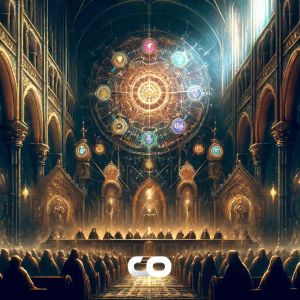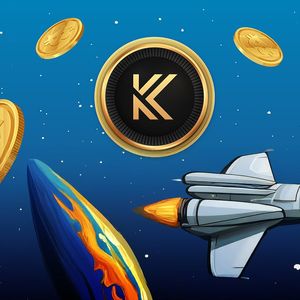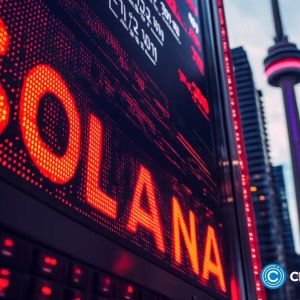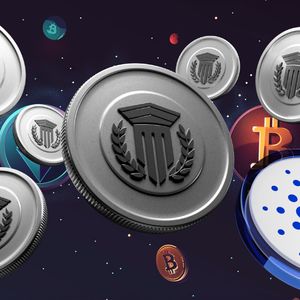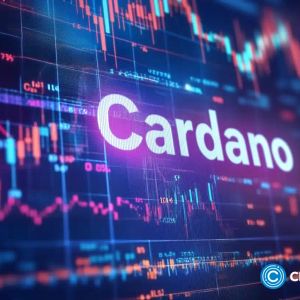Summary:
- Cardano is a blockchain platform featuring a multi-asset ledger and verifiable smart contracts that intends to be a decentralized application (DApp) development platform.
- Cardano was started in 2015 by Charles Hoskinson, a co-founder of Ethereum, and it was introduced in 2017.
- Cardano is a proof-of-stake cryptocurrency. Scholarly academic research informs about the Ouroboros consensus protocol and its developments.
- Cardano is a 3rd generation, scalable blockchain run by IOHK foundation. It uses Haskell as the programming language.
Overview:
Cardano is an open-source blockchain originating from peer-reviewed academic research. It does not have a single published white paper but is developed from a collection of academic papers. Cardano sees itself as a “third-generation” protocol, improving on Bitcoin and Ethereum as the first and second generations, respectively. It is named after an Italian Renaissance mathematician, Gerolamo Cardano, and its native currency ADA is named after Ada Lovelace, a 19th-century mathematician sometimes referenced as the first computer programmer.
Cardano is backed by three entities: IOHK, The Cardano Foundation, and Emurgo. IOHK is a blockchain research and development company founded by Charles Hoskinson and Jeremy Wood that is contracted to work on it from 2015 through 2020. The Cardano Foundation is a non-profit organization focused on core development and ecosystem growth. Emurgo is a Japanese venture capital firm. Cardano’s full launch will consist of five phases: Byron, Shelley, Goguen, Basho, and Voltaire. The Byron era arrived in September 2017 with the mainnet launch of the Cardano blockchain.
During this phase, the chain operated as a federated network that only supported ADA transactions. The next phase, Shelley, launched in July 2020, bringing Cardano’s proposed Ouroboros Proas Proof-of-Stake (PoS) protocol to life. It’s now in the process of rolling out its third phase, Goguen, which will add support for smart contracts and native token issuance. The development teams, IOHK and Emurgo, are researching and building the network’s remaining phases, Basho and Voltaire, in parallel with Goguen.
Token allocation:
Founders | 16% |
Investors | 84% |


